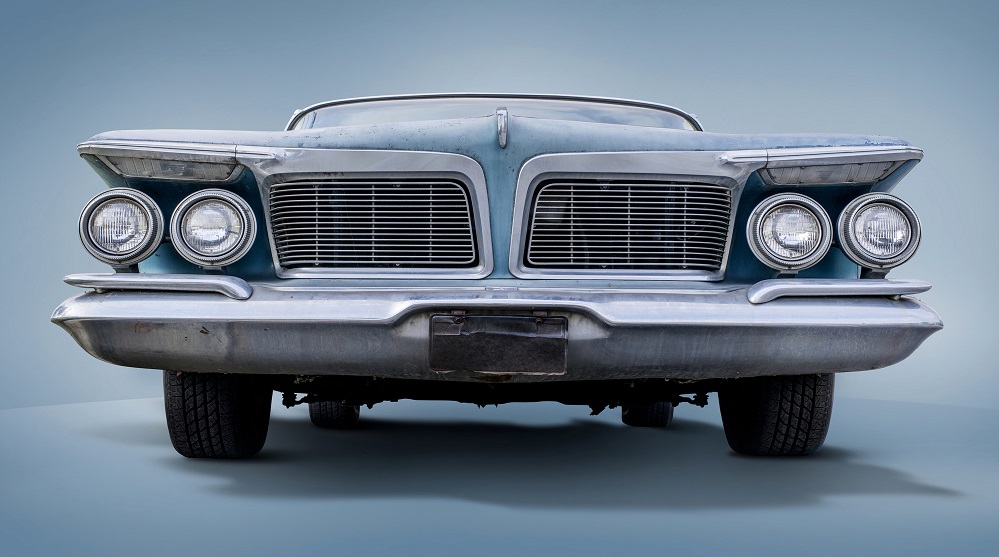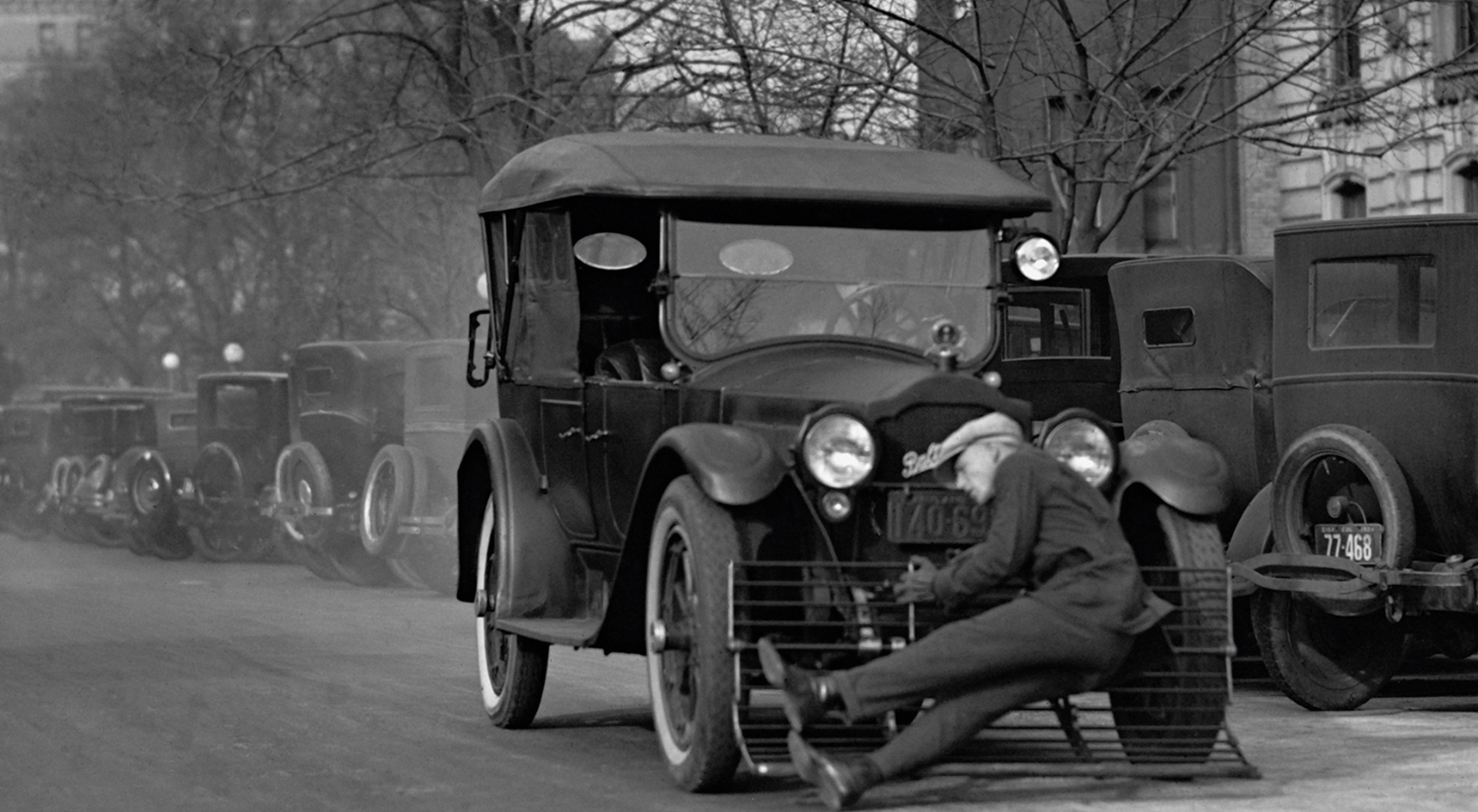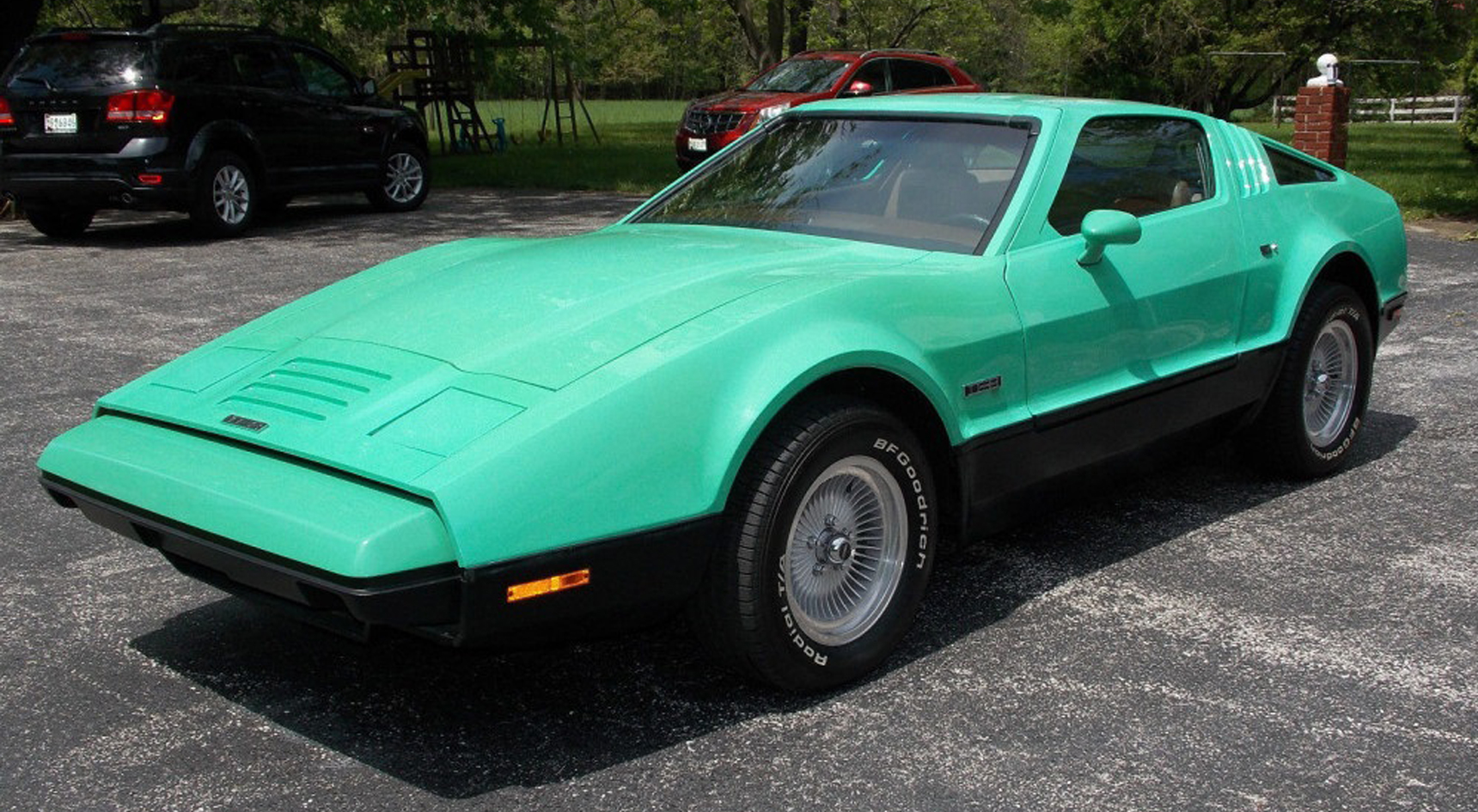3 bizarre car safety features that never took off

From the bad to the downright bizarre, we take a look at 3 strange car safety technologies which were invented way back when.
1. The pedestrian cow-catcher
Don’t let the name fool you – this wannabe gizmo had little to do with herding cows. Invented by the O’Leary Fender Company in 1907, the pedestrian cow-catcher (pictured below) was essentially a metal frame attached to the bumper of a car. With the press of a button, the driver could lower the device to the ground just before the unfortunate event of colliding with a pedestrian. Why it failed: Fender apparently decided it wasn’t the prettiest addition to their cars.
2. Tyres that light up
This invention wasn’t such a bright idea after all. Introduced in 1961, Goodyear’s illuminated tyres comprised some 18 light bulbs (now that’s a scary thought in itself ). They were said to be a useful alternative to brake lights and indicators. Why it failed: These dazzling tyres were more of a flashy car accessory than safety feature. Traction wasn’t the best — the tyres were slippery in wet weather and, rumour has it, some even melted if the driver pressed too hard on the brakes. https://www.instagram.com/p/Bla3B_TArPr/3. A really good paint job
There’s paint that can protect against UV rays, but one that can prevent car crashes sounds almost too good to be true. That’s because it is. American automotive entrepreneur Malcolm Bricklin claimed his car paint acted as an “impact avoidance enhancer” (his words, not ours). In layman’s terms, bright-coloured cars are more visible on the road and, therefore, there’s less chance of crashing. Right? Wrong. Why it failed: In 1975, Bricklin manufactured his own car called the SV-1 (pictured below) which were sold in bright green and orange. The car was only on the market for a couple of years before it went into receivership. Need we say more?
